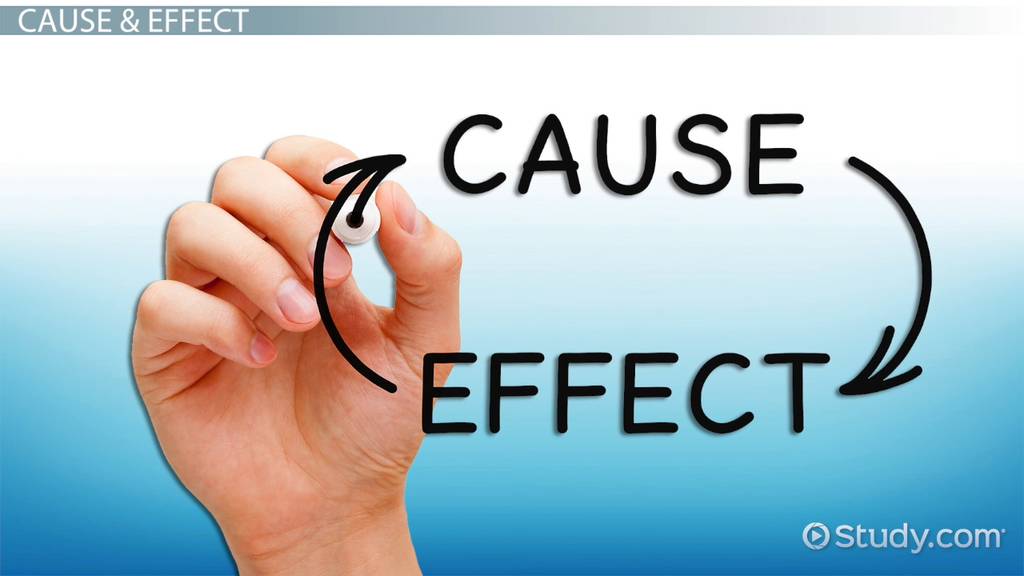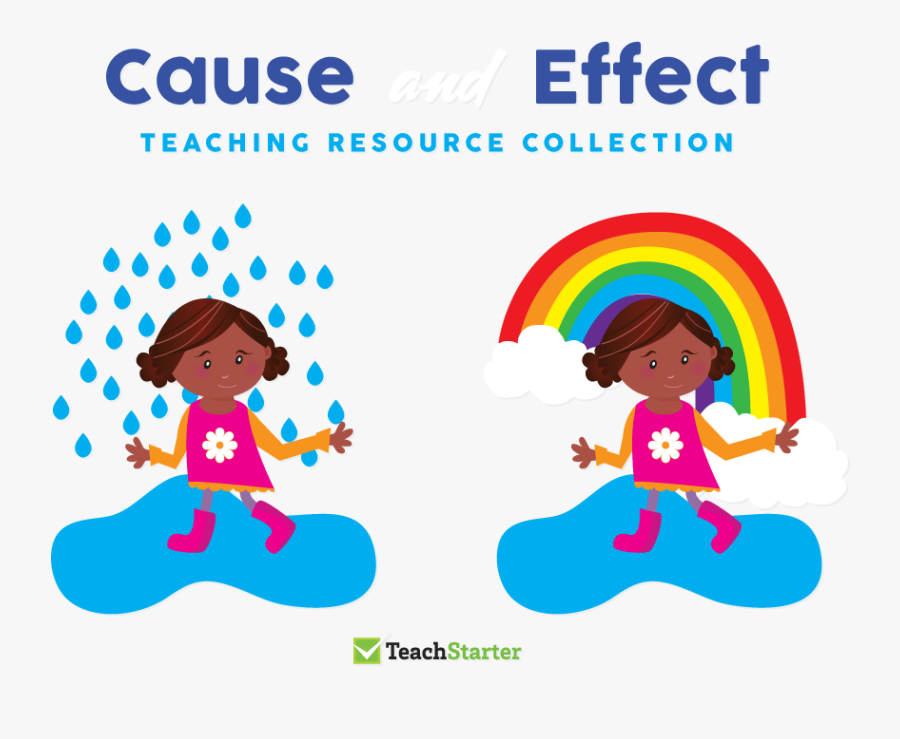
Cause and Effect Examples
When faced with some unfamiliar phenomenon or event, we usually wonder: why does it exist, why did it arise or happen? When we think about these questions, we look for the cause of the phenomenon or event. And it’s no coincidence. Experience shows that there are no unjustified events, that they are always the consequence of certain causes. Determining the cause of a phenomenon or event is the most important moment of knowing it. Science begins where the cause and effect relationship is revealed.
What is cause and effect? What is the connection between them?
A causal connection, or causality, is a form of connection between phenomena or events in which one phenomenon or event causes, causes, causes, causes another. A phenomenon or event that has caused another phenomenon or event is called cause. Reason causes the second phenomenon to occur, change its state or disappear. The result of the cause (the second phenomenon) is called the consequence.
Cause-and-effect relationship is characterized by a number of significant features. First of all, the causal dependence of the phenomena is universal. There is not a single phenomenon, not a single event that has no natural causes. One can say that causality is a universal law of the objective world, which knows no exceptions.
However, apart from causality, there are other forms of connection between phenomena and events in the reality around us. Many of them are closely related to causation, but they are not reduced to causation. The most important forms of connection are reflected by such relative categories of dialectics as singular and general, necessity and chance, form and content, possibility and reality and others to be considered in the future. The causal connection is only a link in an infinite chain of universal interaction of phenomena. Read more information on this site https://argoprep.com/blog/cause-and-effect-examples/
Causal connection is objective, i.e. it is inherent in the phenomena of the material world and does not depend on the consciousness of people. Thus, changes in the environment are the cause of evolutionary changes in organisms, and this connection exists in nature itself and does not depend on any consciousness. Defending the position of dialectical materialism in the question of causality from the attacks of idealists, Lenin wrote that causality is contained in things themselves and not brought to them from the outside.
On the issue of universality and objectivity of causal links between the main philosophical directions – materialism and idealism – there has long been an acute struggle. Materialists stand on the point of determinism, the doctrine that causality is universal and objective.
The doctrine that denies the objective nature of causality and its universality is called indexism, while its supporters are called indeterminists. Some of them deny causality at all, believing that it is only a familiar, repeated sequence of feelings. Others believe that causality is simply a matter of drying up a person’s mind, is given to him or her before any experience, i.e. a priori, and he or she as if puts causality on events, orders them with its help. In other words, in understanding causality, the indexmakers stand on the position of subjective idealism.

They claim that the data of modern science shows no causality in the micro-world, in mental processes, in public life. Thus, for example, “physical” idealists try to draw their arguments in favor of the negation of causality in the field of physics of the microcosm. They proceed from the fact that in the world of macrobodies, where the laws of classical mechanics operate, we can simultaneously and accurately determine the coordinates of the body and its speed. The reason here is understood as the force applied from outside to some body, and consequence is change of position of this body in space or its speed. This form of causality consisting in purely external influence of bodies on each other, is mechanical.
In microprocesses it is impossible to determine simultaneously and with unlimited accuracy coordinates and impulse of a micro-particle. Therefore, it is concluded by indexers, no micro-particle is subject to the law of causality. In their opinion, it freely chooses the path of its movement, and this allegedly indicates that there is no causation in the microworld.
In fact, the conclusion from the fact that in the microworld it is impossible to determine the coordinates and impulse of a particle at the same time should be quite different, namely: there is no mechanical form of causation – there are other types of causation. Dialectical materialism comes from a variety of types of causal relationships. It does not reduce it to some single species, but believes that in different areas of reality it manifests itself differently.
Objective idealists, as a rule, are not supporters of indeterminism and “recognize” causality. But for them, the causes are ideal, supernatural, and go back to an absolute idea, spirit, god, etc., which contradicts science and opens the way to popularity, mysticism. Thus, modern Catholic philosophers – neotomists directly argue that the ultimate cause of all things is God.
The most important feature of the causal connection is its necessary nature. This means that a certain cause, under the right conditions, necessarily, inevitably causes a certain consequence. Thus, heating the metal with necessity leads to its expansion, but it can not turn it into, say, chlorine. From the grain of wheat thrown into the soil, if the appropriate conditions are met, the wheat ear grows, but it would be in vain to expect that it will grow date palm.
From what has been said, however, it does not follow that all phenomena, having their reasons, are necessary. The link between cause and effect is necessary, but the cause itself in relation to any process can be accidental, and then the effect of this cause will be accidental. If, for example, pathogenic bacteria get into the human body, then under certain conditions (weakened state of the body, etc.) he necessarily gets ill. But the bacteria get into the body not with necessity, but accidentally. So, the disease is accidental.